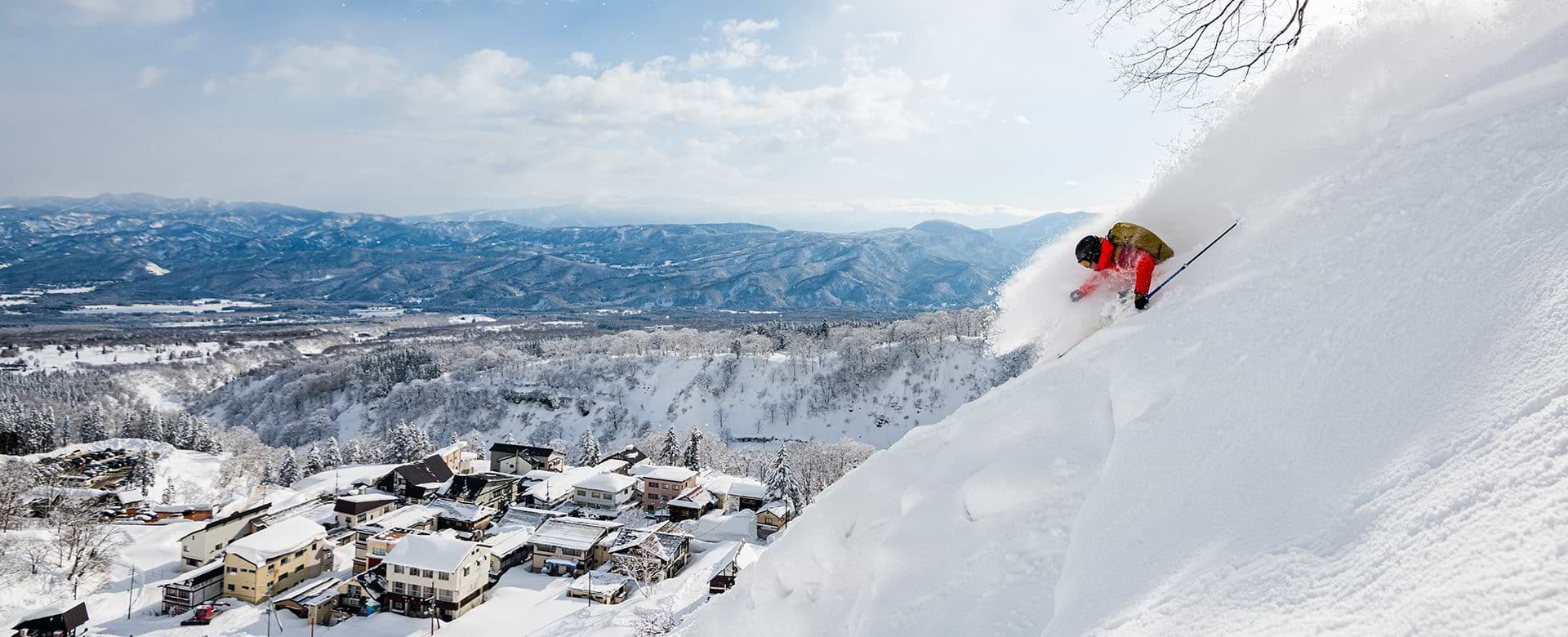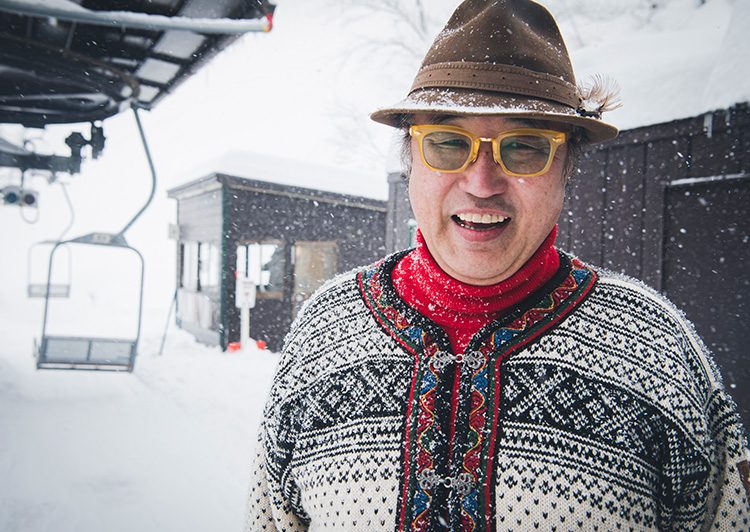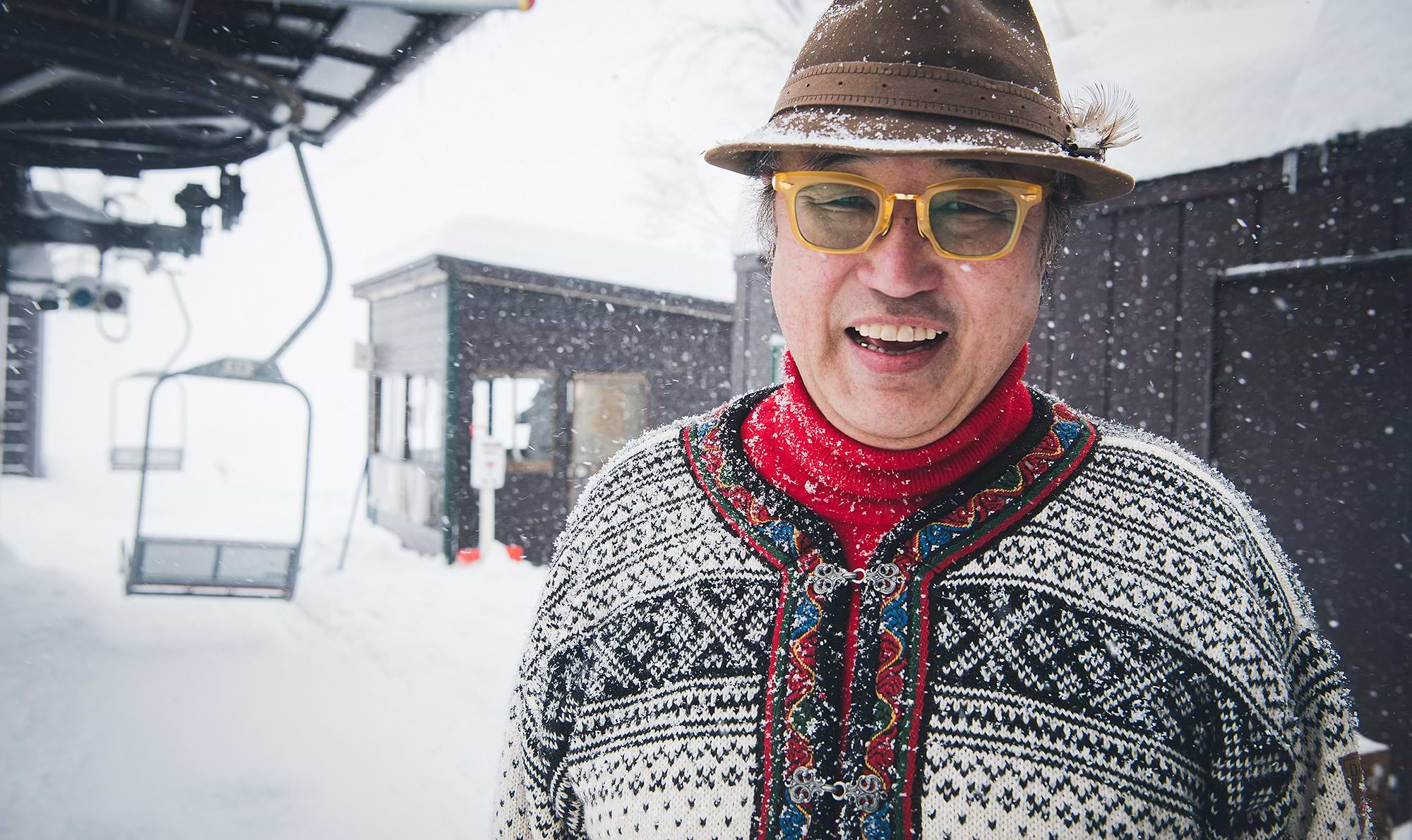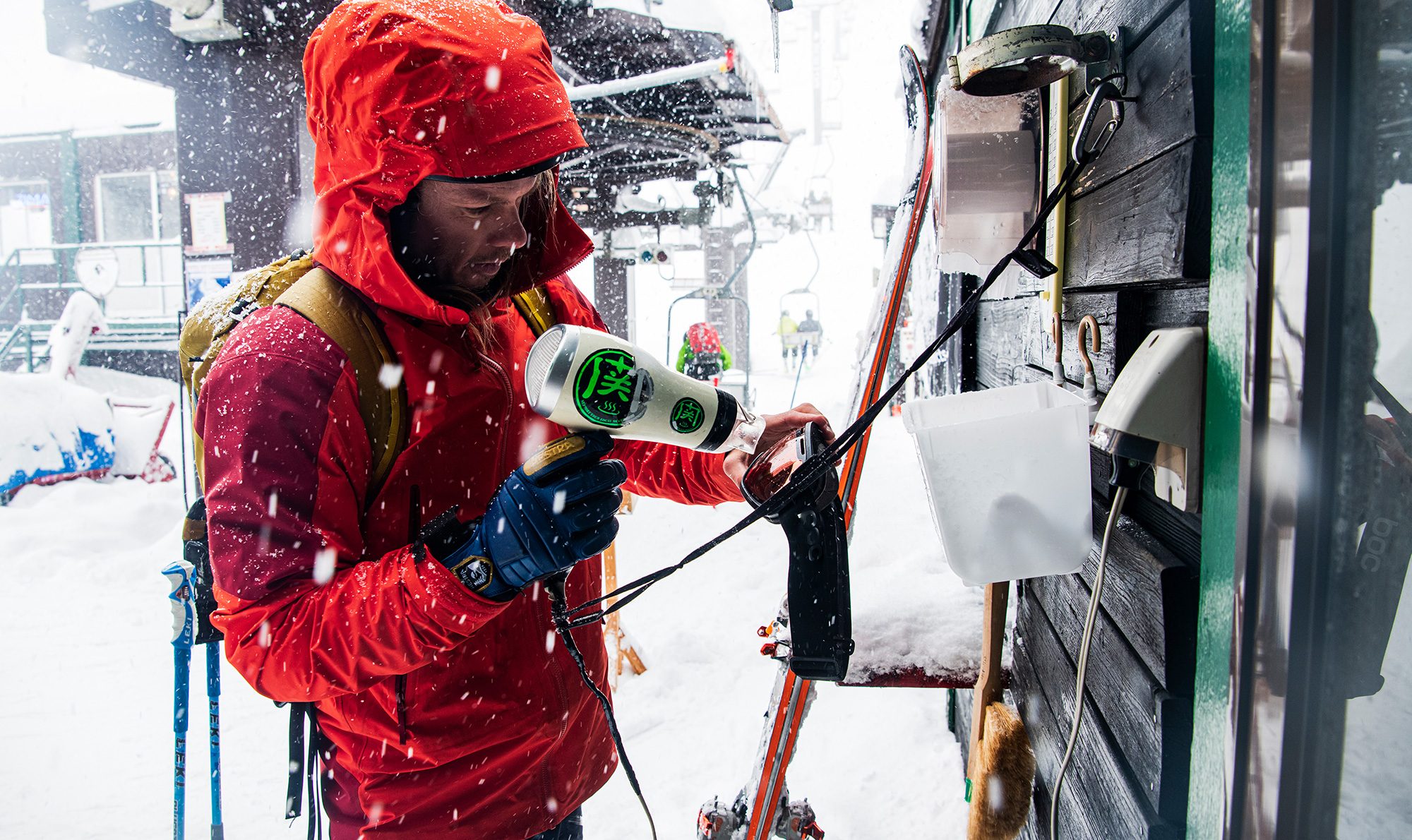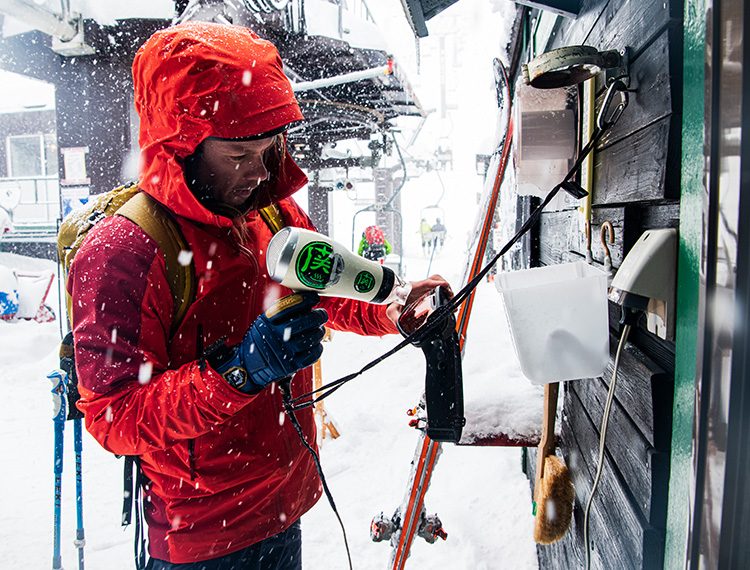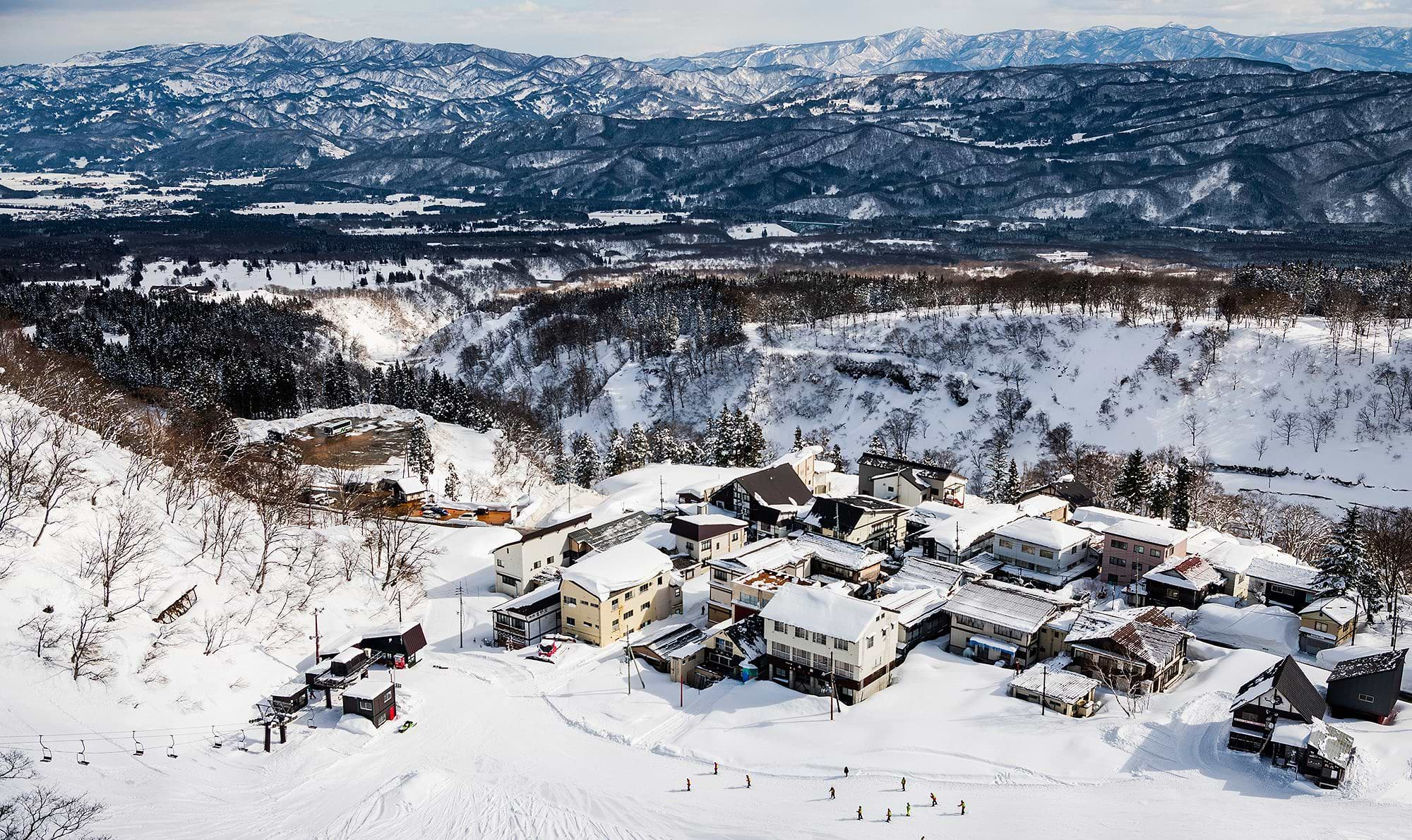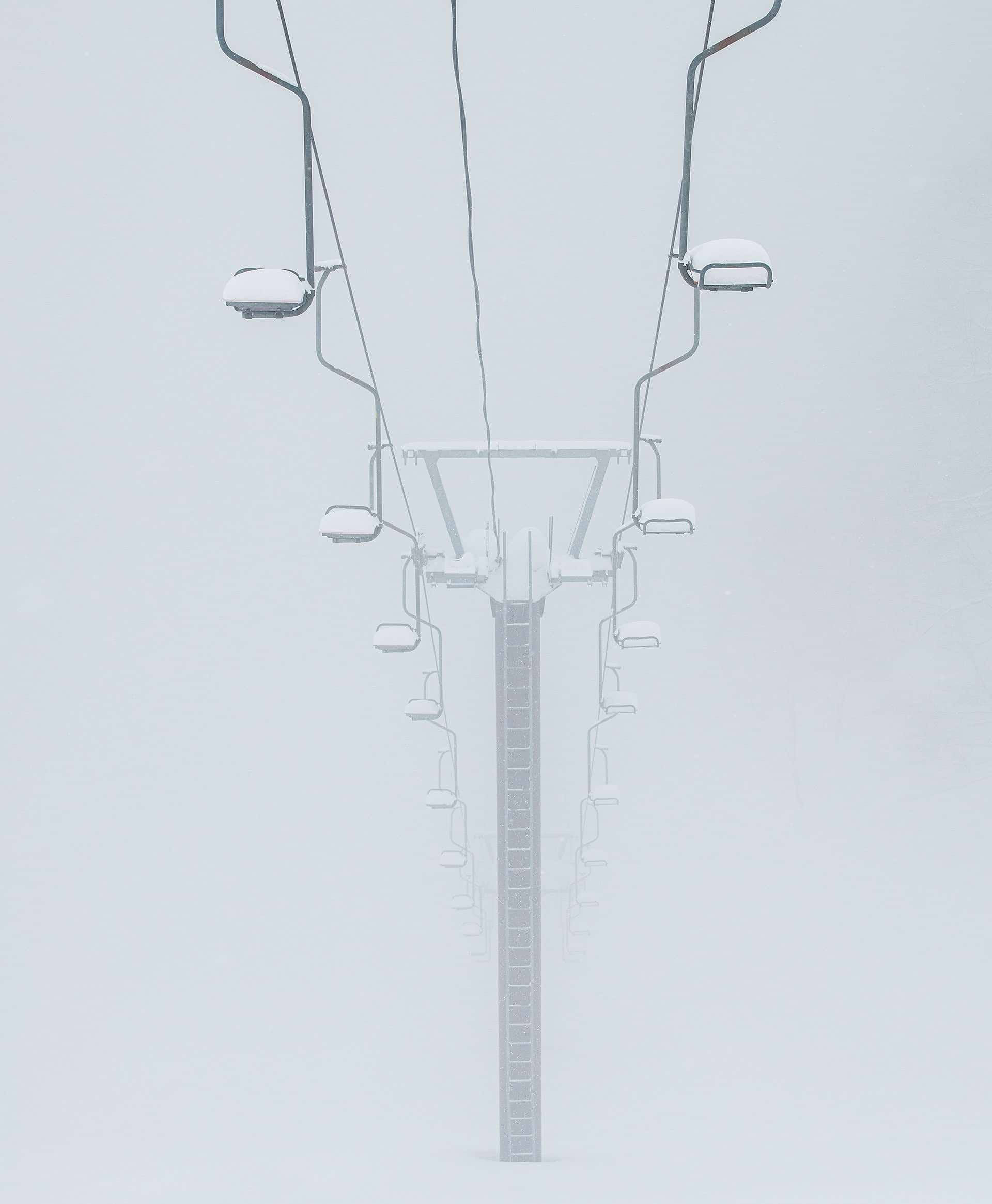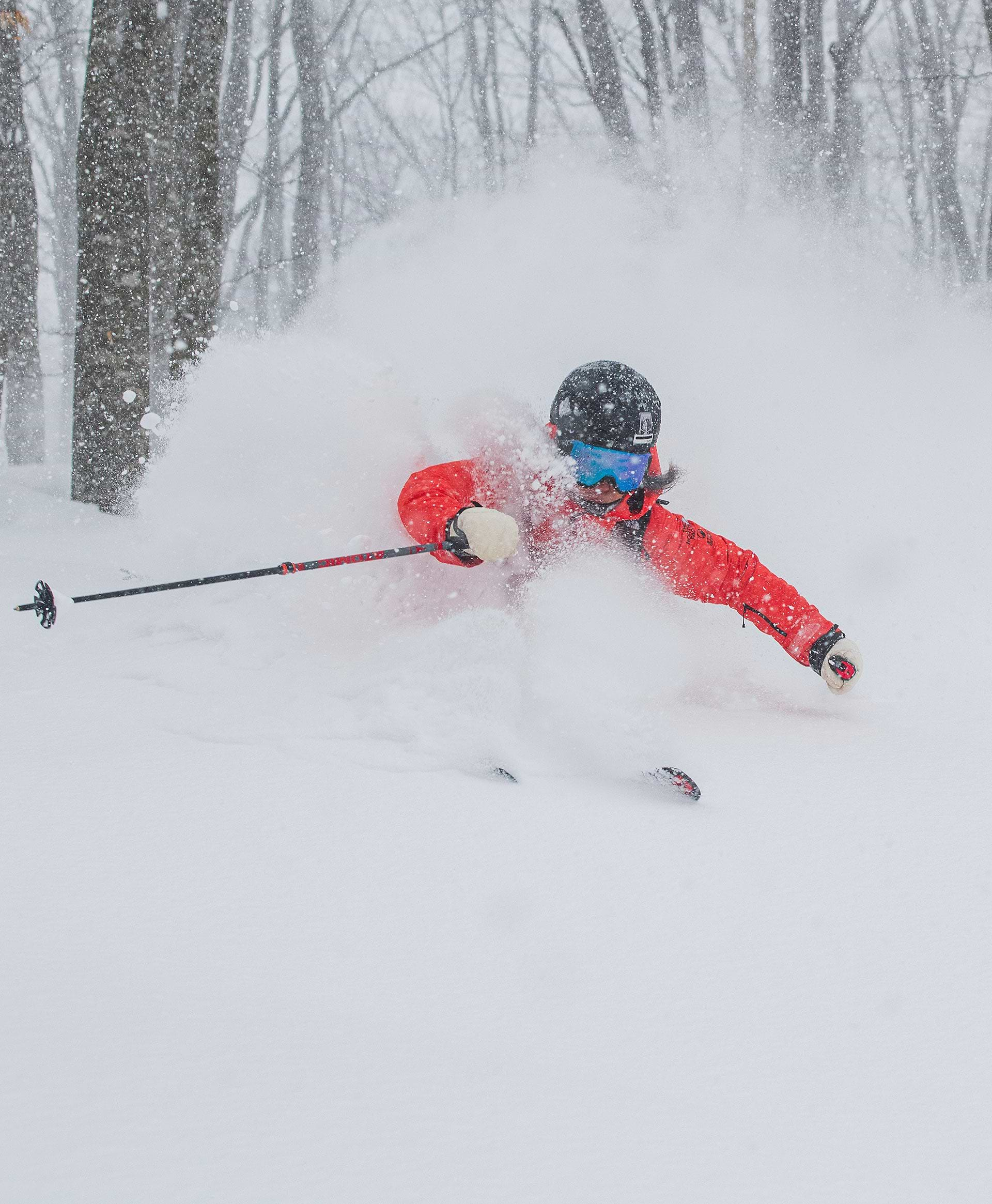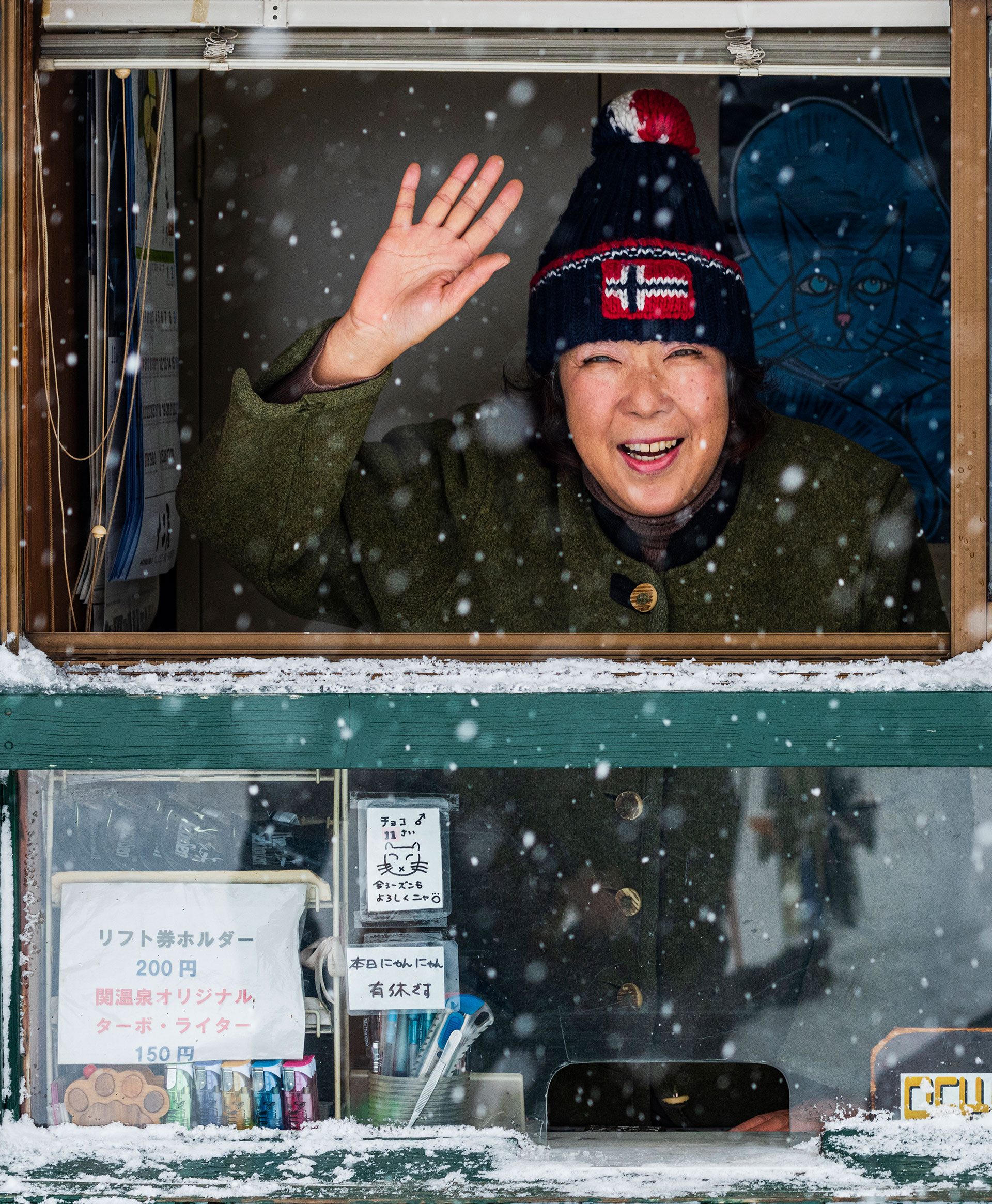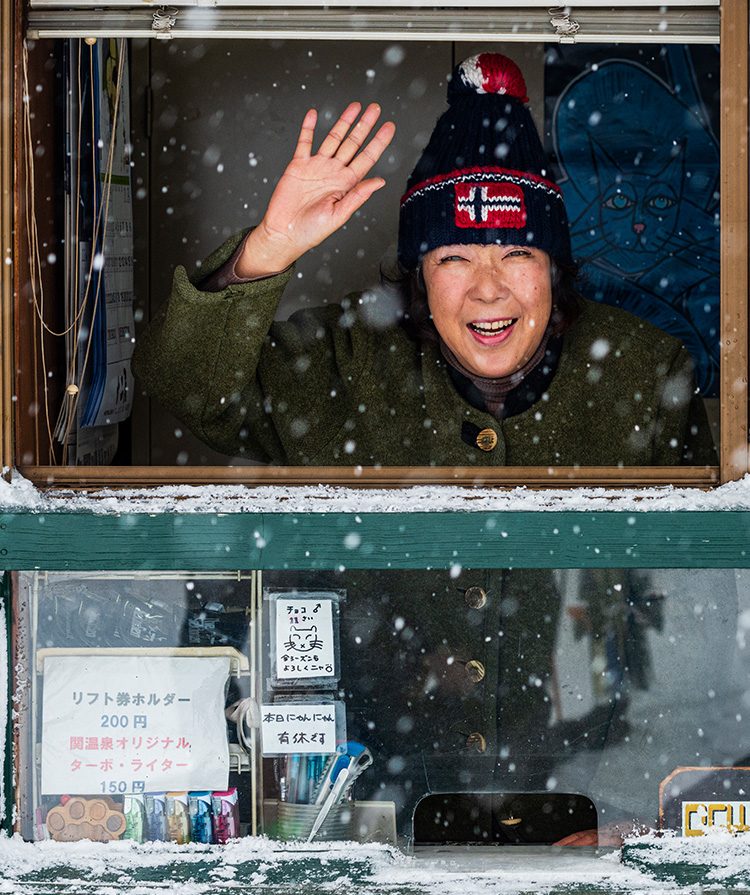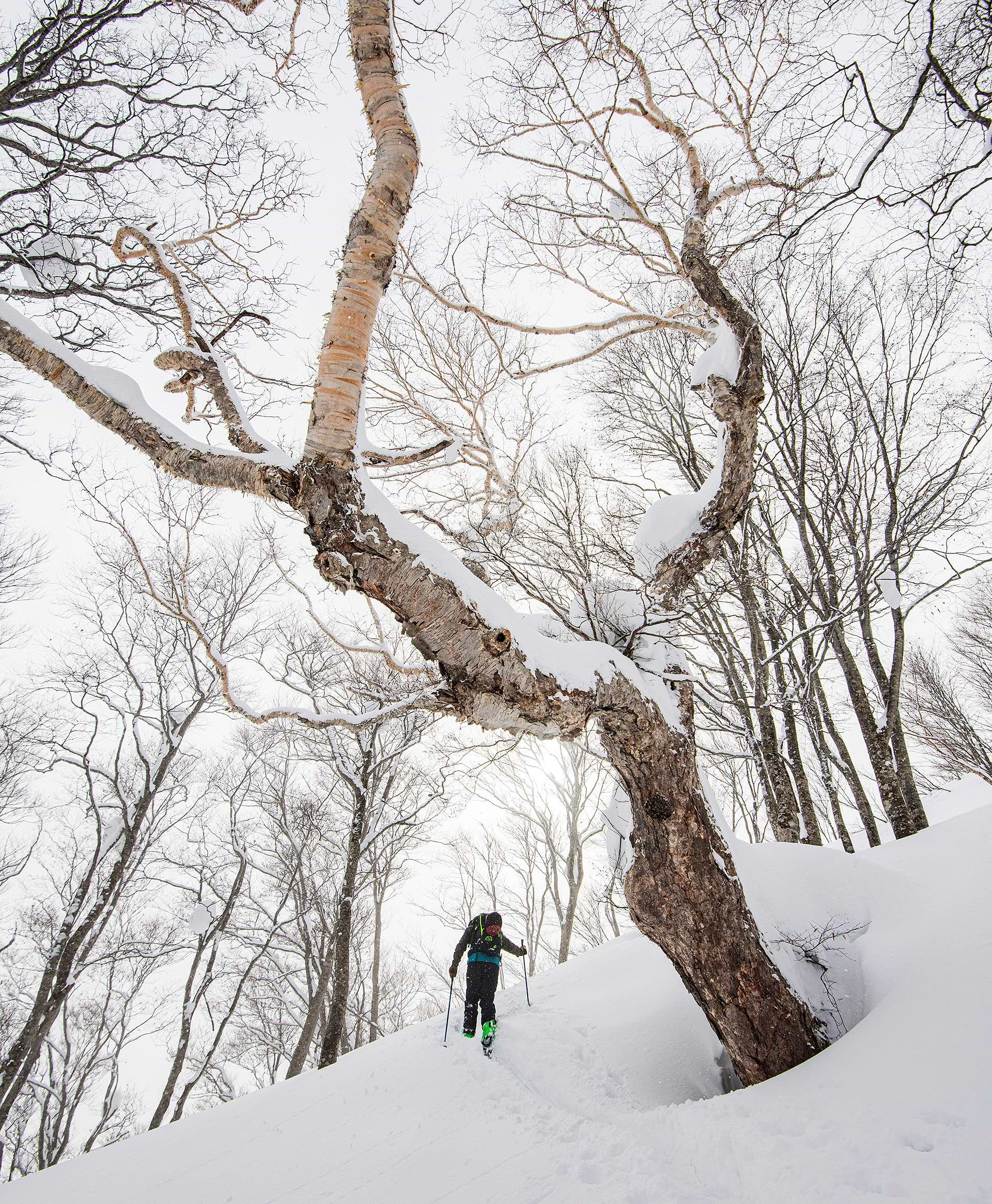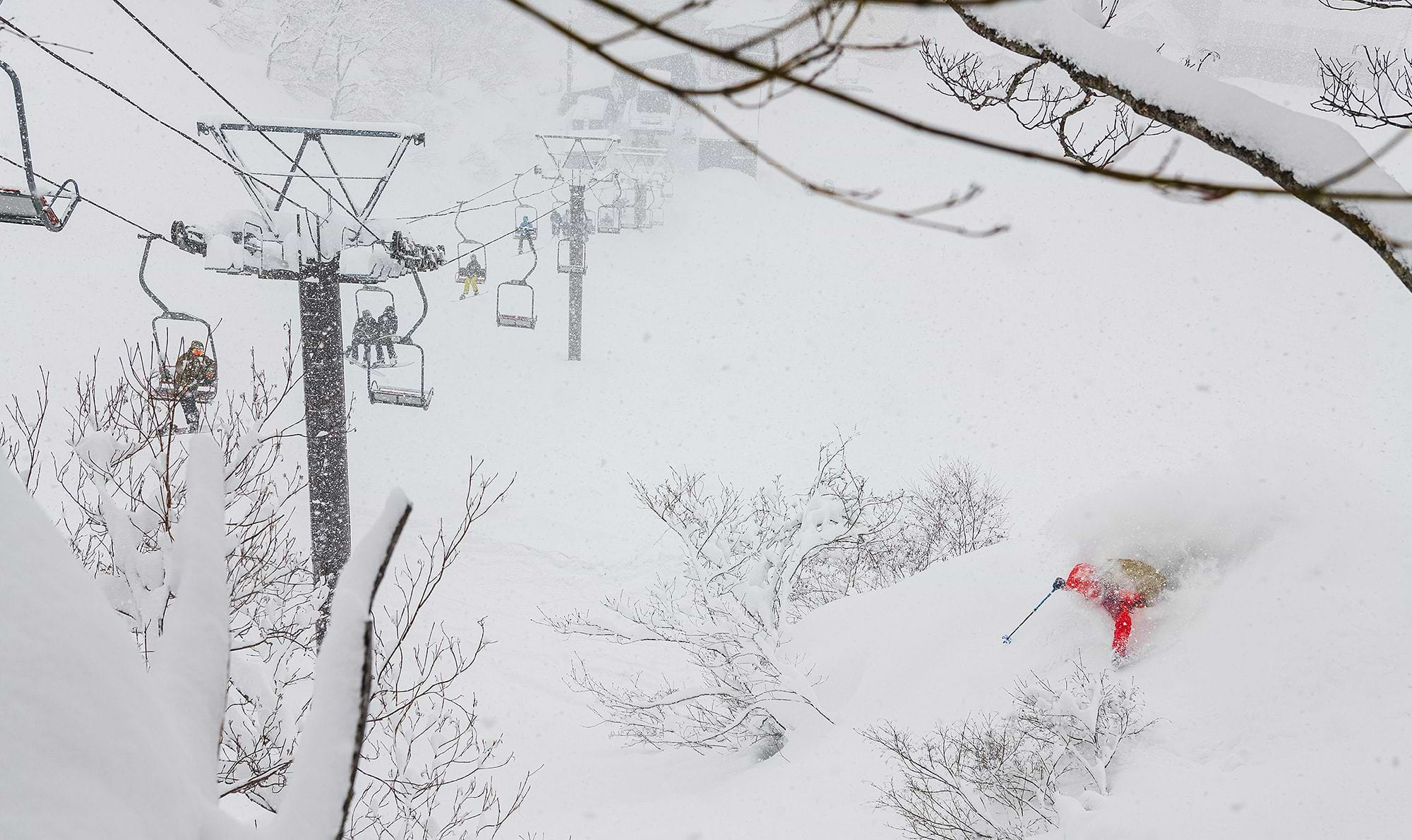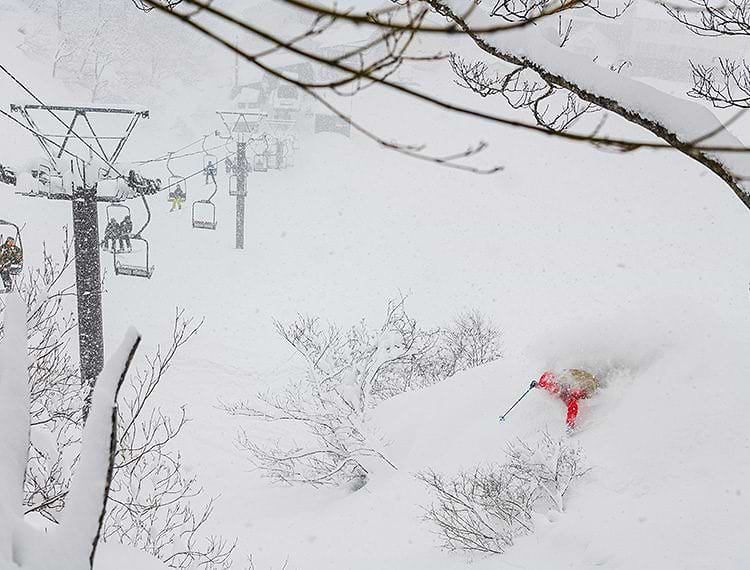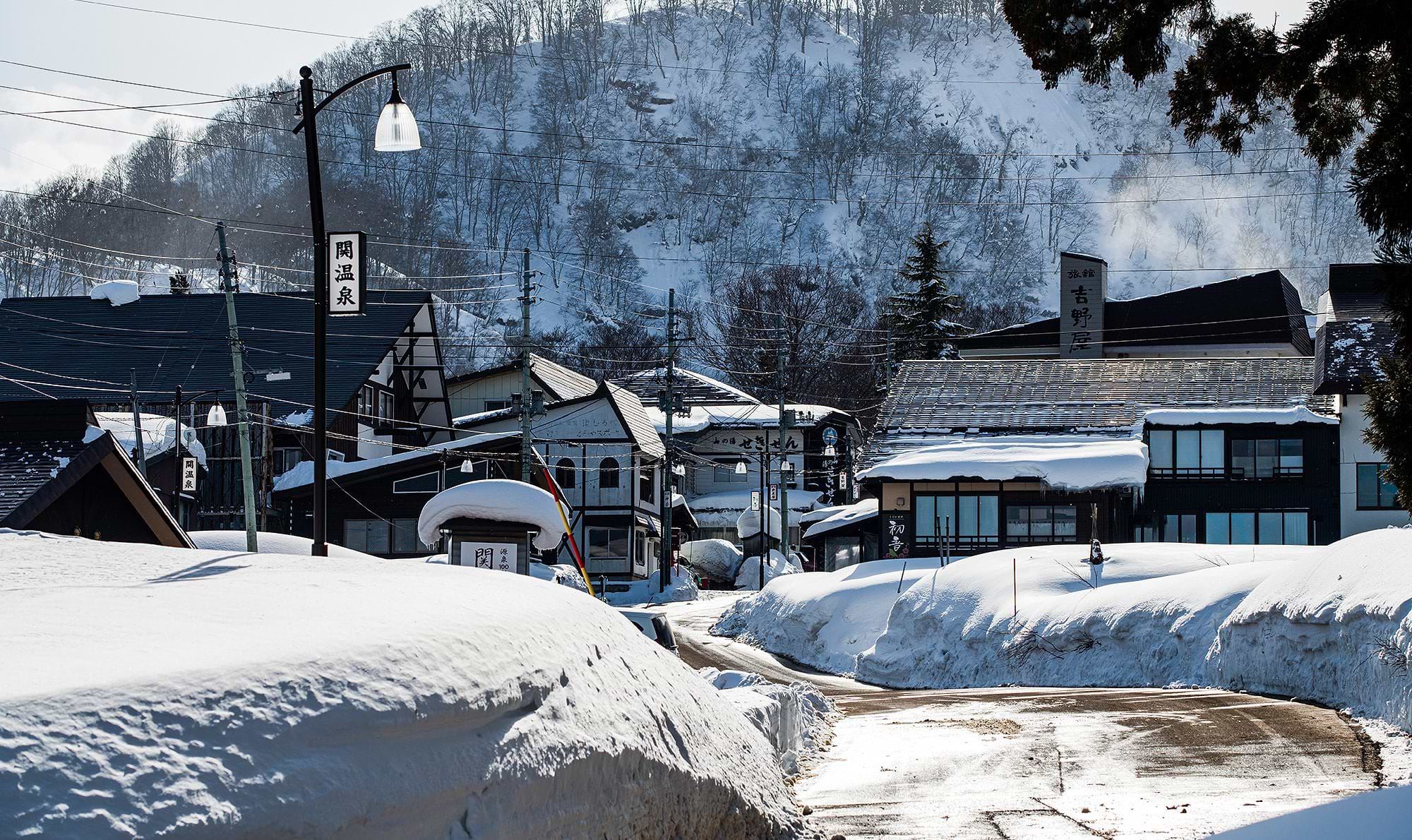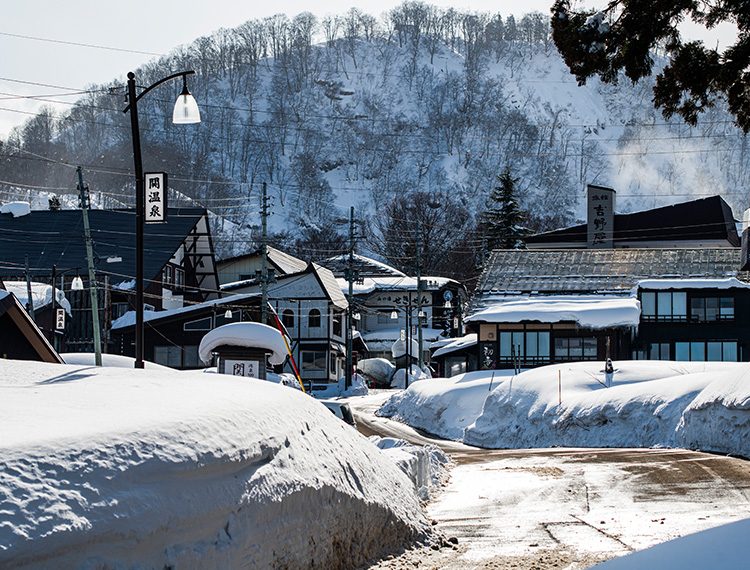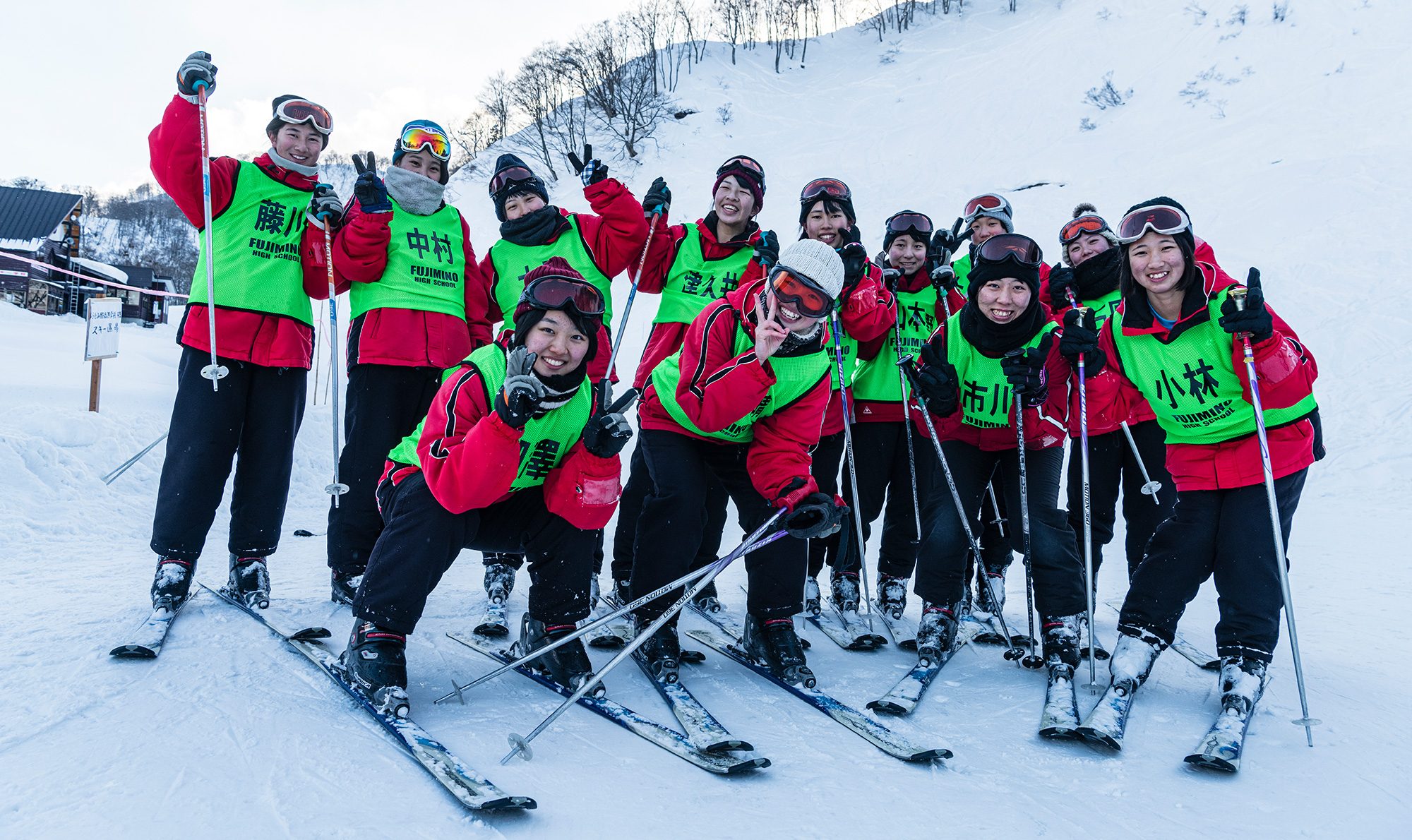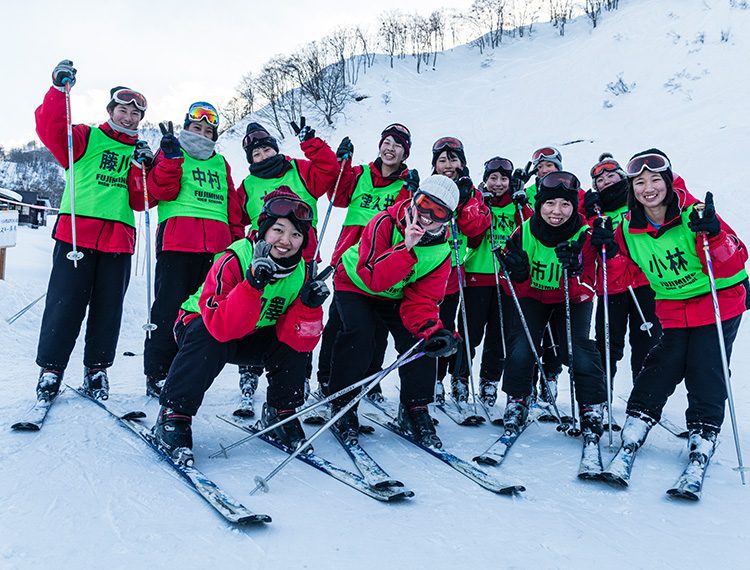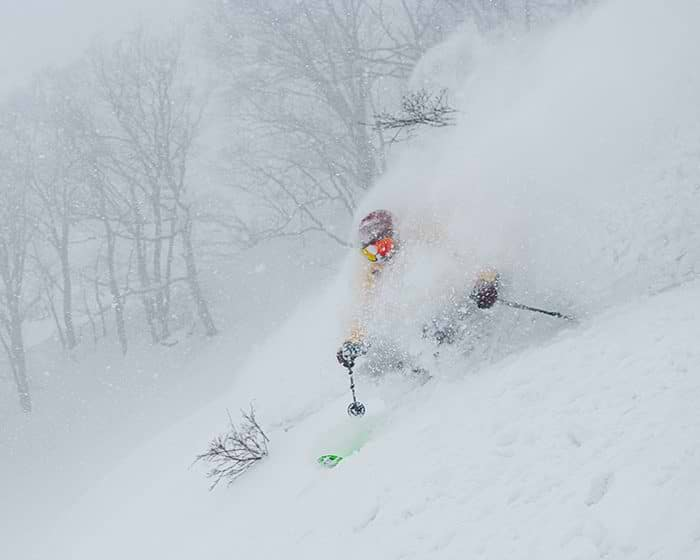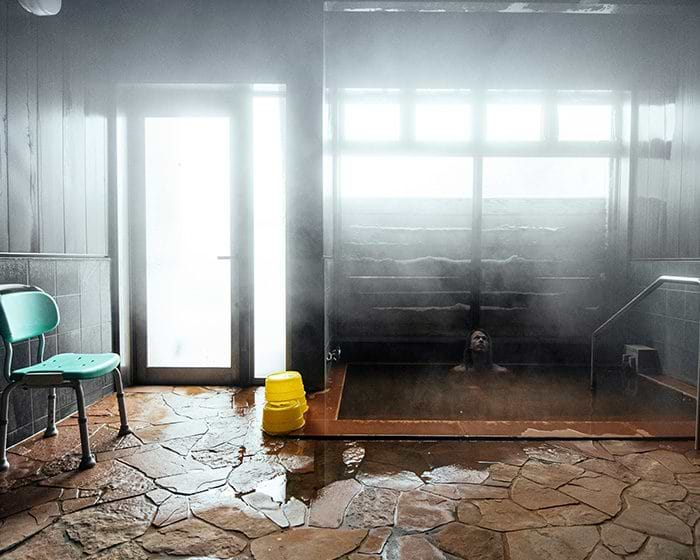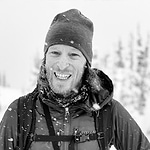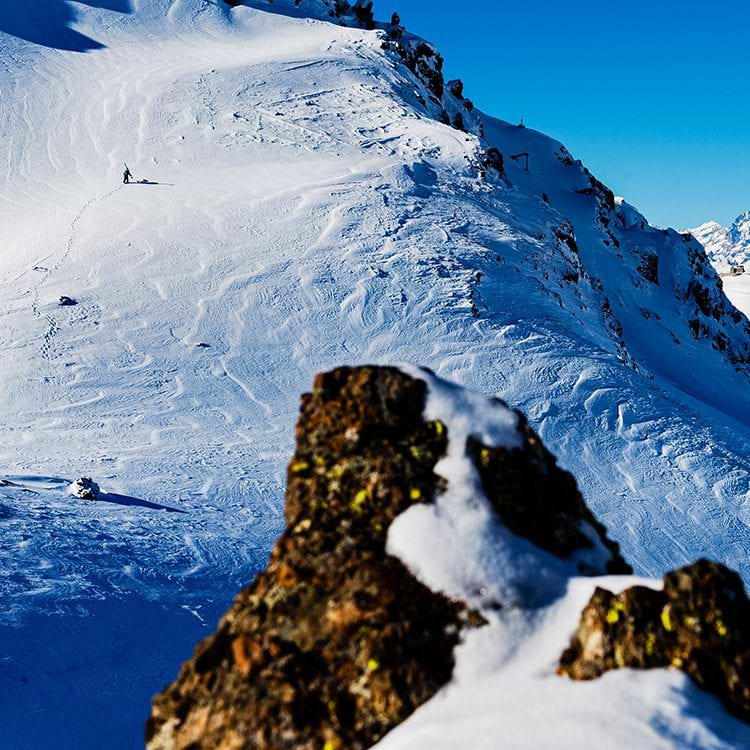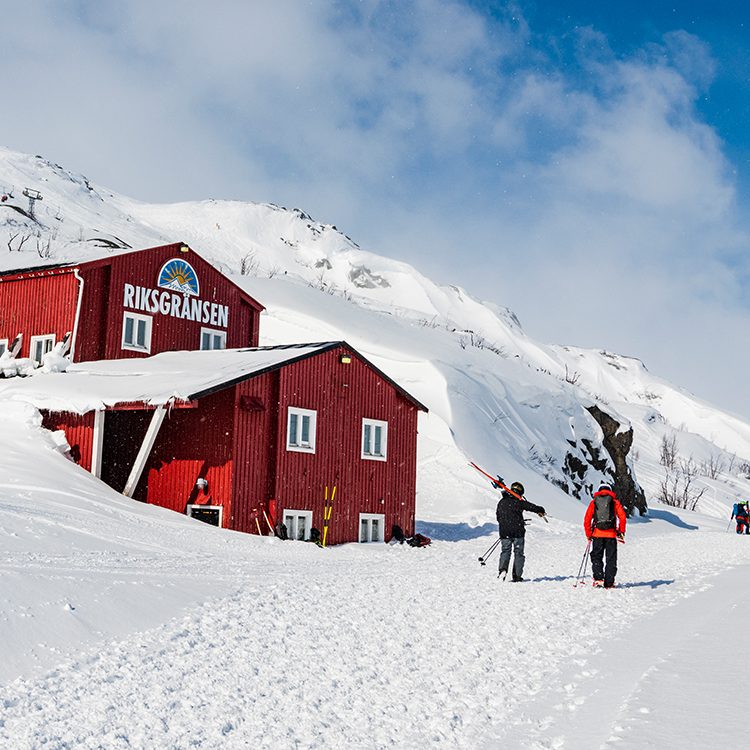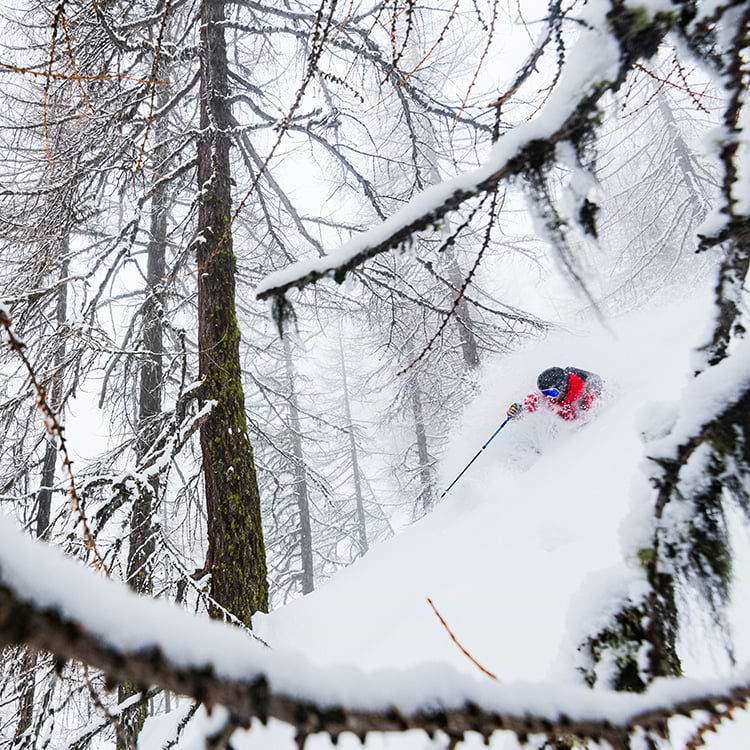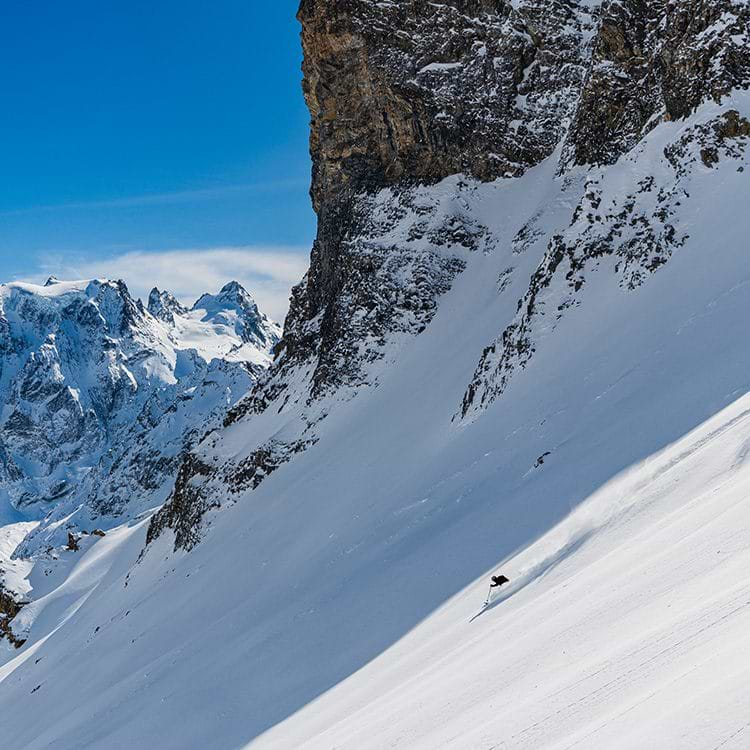Near the end of another lap between perfectly spaced birch trees, we arrive above our favourite pitch: a ridge with a series of short, steep spines. Gazing down the fall line toward the Seki-Onsen base area, you can see the entire village — every house, in fact, as there are so few. The line below our ski tips may only extend 150 vertical meters, but the terrain is perfectly sculpted as if these forests and spines were built for skiing. One run leads to another. And another. After each lap, intense snowfall fills in our tracks. Manners matter in Japan — it would be rude not to take another lap. Okay, one more.
Seki-Onsen is located on the island of Honshu, about an hour north of Nagano. This tiny village near Myōkō in Niigata Prefecture consists of a few hotels, a rustic onsen, and a humble ski area with two aged lifts owned and operated by a local family. There are no ski shops to be found, absolutely no strip malls, nor is there even a grocery store. Seki-Onsen is as pure as they come — a funky, rustic abnormality in today’s homogenized corporate ski world.
In 2017, Seki-Onsen celebrated 100 years as a ski area, making it one of Japan’s oldest. Situated only 30 kilometres from the Sea of Japan, Seki-Onsen receives the full deluge of storms from Siberia. To the east lies Mount Myōkō — a 2 454-meter active stratovolcano and this mountain range’s crown jewel. Tallying an average of 16.5 meters of annual snowfall, it is one of Japan’s –- and the world’s — snowiest locales.
It started snowing a few days into our trip and hasn’t stopped yet. It’s deep, even for Japan, but competition for fresh tracks is far from hectic. In fact, besides our group of five, there are just a few school groups learning to ski, a smattering of westerners, and a handful of local snowboarders with long fishtail boards.
The snow is dense and deep but coastal—my favourite type. It plasters everything and offers some resistance while skiing. Seki boasts steep and playful ski terrain and, despite just two slow lifts, it’s bigger than it first looks. When the upper, old pizza box lift is running (the one-seater often gets buried during big storms), the access to the vast backcountry opens. With a pair of skins, touring opportunities are virtually endless.
After an intense spine line, nearly choking on the snow blowing over my head, it’s surreal to come out of the trees and into the open field above the base area of Seki. The small, old houses in the village sturdily support meters of snow. As we ski past our hotel, Asahiya Ryokan, the distinct volcanic smell of steaming water from the onsen reminds us of Japan’s quintessential après activity. We wave to Hiroko Inoue at the little kiosk near the lift, where she sells ski passes and lunch vouchers. There’s a fun, familial vibe and a distinct lack of commercialization. Perhaps this is what it felt like to be a skier in the 70s.
We meet Hiroko’s husband, Mikio, by the lift. A lovely man with a permanent smile, Mikio greets everyone before they load the chair for another lap. He sports a traditional Norwegian wool sweater and a Tyrolean hat. Inspired by European ski culture, Mikio ski raced for many years and travelled overseas before taking over Seki-Onsen almost 45 years ago. Since then, the ski area has been run by the Inoue family. Their son Go is now the operations manager; his wife Megumi works in the lunch restaurant joined by Hiroko when she has sold enough ski passes for the day; and a few more family members and close friends help with daily work. Being a guest at Seki-Onsen feels like a visit with good friends rather than the stressful, often soulless experience we’ve come to expect at busy resorts.
